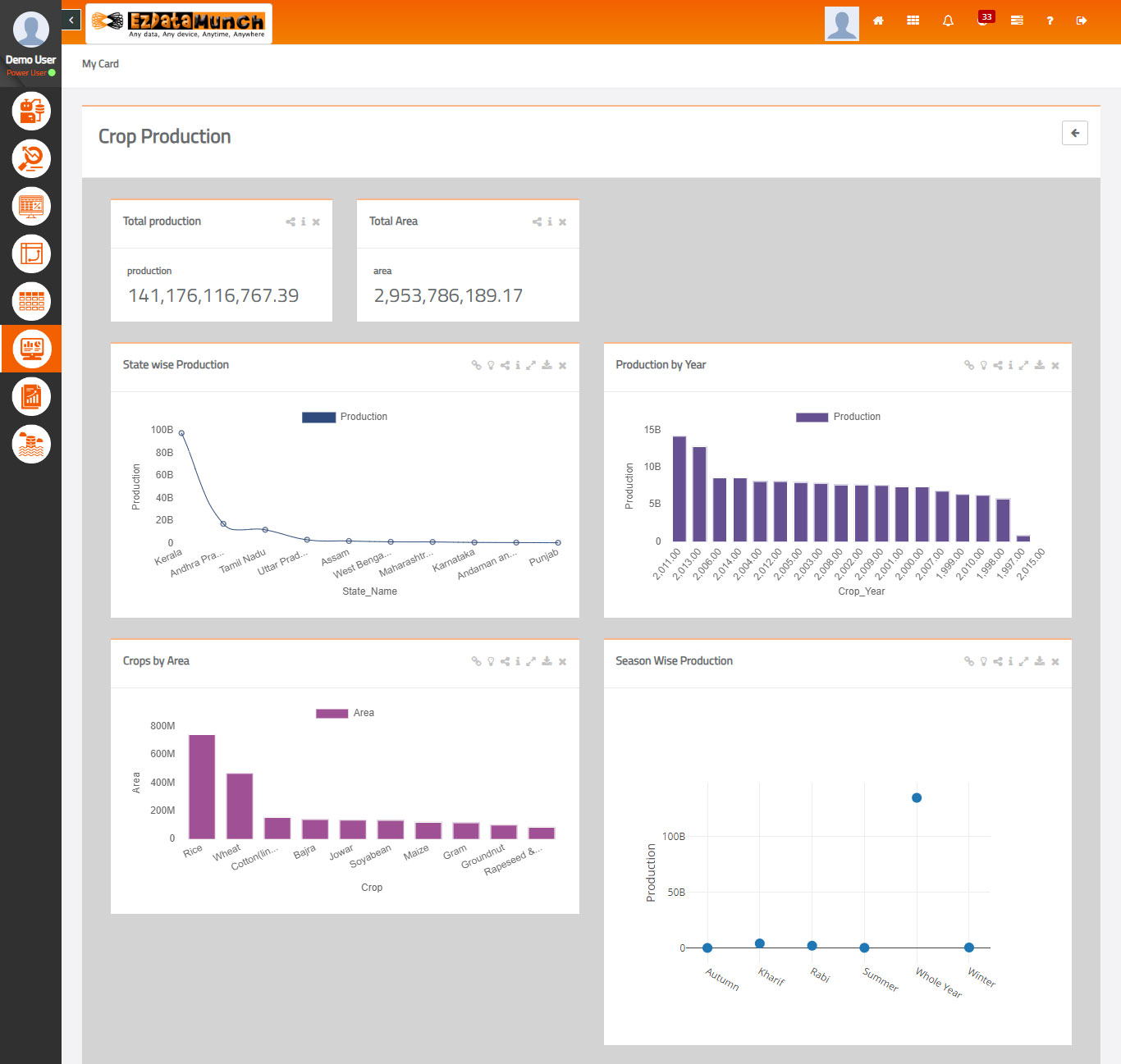In the dynamic world of product management, it is crucial to employ the right frameworks in order to avoid failure. Product management frameworks provide a structured way to develop, launch, and manage products, ensuring no compromise in any aspect of the product lifecycle. With evolving technology, these frameworks have been refined through AI integration in data analysis and dashboards, thereby improving decision making and driving better outcomes. This blog explores several product management frameworks, highlighting the importance of AI integration to optimize these processes.
Understanding Product Management Frameworks
Product management frameworks are a systematic set of methodologies beneficial for guiding product managers through various stages of product development. These frameworks are crafted with the goal of holistically monitoring product development processes, ensuring the right fit between products, customer needs and market demands. Some of the most popular frameworks are as follows:
Agile Framework
The Agile framework, which is particularly evident in software development, is a popular approach in product management. It emphasizes a repetitive form of development, where cross functional teams are always in action to come up with requirements and solutions. The Agile framework is known for its flexibility, promoting teams to adapt to changes quickly and efficiently.
Lean Startup
The Lean Startup framework focuses on creating an early and simplistic version of a product known to be the minimum viable product (MVP )in order to quickly gather insights from customer feedback and develop the product further based on that feedback. This approach eliminates the unnecessary aspects of the product and ensures that the product meets market needs. The Lean Startup methodology is ideal for startups with new product launches.
Waterfall Framework
The Waterfall framework follows a linear and sequence driven approach to product development. It is necessary for the product to pass through each phase of the development by meeting their respective requirements. While the Agile approach is more flexible, the Waterfall approach is ideal for projects with well-defined requirements and controlled environments.
Design Thinking
Design Thinking approach in product development prioritises designing the product as per the user’s overall experience. It involves understanding and defining the user’s problems, ideating solutions, building prototypes and testing before final market launch. This evolving process ensures that the final product is both innovative and user-friendly.
Integrating AI in Data Analysis

The Integration of AI in Data Analysis is one of the most game changing developments in the field of Product Management. With the provision of deeper insights, AI driven insights help product managers to make more informed decisions. Here’s how AI integration in data analysis is beneficial for product management:
Enhanced Data Processing
AI is known to have a processing power over 1000 times than that of a human mind. Which is why it can process high volumes of data quickly and efficiently, and also identify trends and patterns missed by human analysis. This capability allows product managers to develop a more comprehensive approach towards understanding user behaviour, market scenario and trends, and respective competition.
Predictive Analytics
AI-powered predictive analytics is highly useful in forecasting crucial trends for the future based on present and historical data. This is particularly useful, not just for predicting certain market trends but also for identifying potential risks and implementing strategies to mitigate them.
Personalization
AI has the power to effortlessly analyse high amounts of user data and accordingly create personalized experiences very quickly. By this, product managers are able to understand individual user preferences and behaviours in depth, and simultaneously create products and features addressing specific needs for better user satisfaction and engagement.
Utilizing AI Dashboards
Product managers can track key performance indicators (KPIs) and make data-driven choices more easily with the help of AI dashboards, which are potent tools that offer real-time insights and visualizations.
Practical Steps to Implement AI in Product Management
Although integrating AI into product management may appear difficult at first, it can be done so smoothly and effectively if you take a methodical approach. Here are some doable actions to get you going:

Identify Key Areas for AI Integration
Decide which stages of your product management process stand to gain the most from artificial intelligence first. Process automation, customer insights, predictive analytics, and data analysis are some examples of this. AI-powered dashboards become easier to implement when you know where AI can make the biggest difference. Prioritizing the integration of AI in these areas will maximize efficiency and impact.
Invest in the Right Tools
Selecting the appropriate AI tools is essential. Seek for AI dashboards, AI-driven data analysis platforms, and other pertinent technologies that meet your needs. Tableau for data visualization, IBM Watson for predictive analytics, and Salesforce Einstein for AI-driven consumer insights are a few of the well-liked AI solutions for product management.
Build a Skilled Team
A staff with knowledge of both product management and AI technology is needed for integration. Invest in educating your current staff or bringing on board fresh personnel with data science and AI experience. A knowledgeable staff will make sure AI is applied wisely to improve your product management procedures.
Start with Pilot Projects
Start with experimental projects before fully integrating AI into all operations. Determine the impact of applying AI to a particular area. By using this method, you may first evaluate the advantages and difficulties of integrating AI on a limited scale before implementing it more widely.
Use AI for Continuous Improvement
After AI is implemented, apply it to ongoing development. Artificial intelligence (AI) may offer insights and feedback in real-time, enabling you to continuously improve your product management techniques. To maximize the effectiveness of your product, regularly analyze AI-generated data to find areas for development and make data-driven decisions.
Foster a Data-Driven Culture
Building a data-driven culture inside your company is crucial for AI to work as intended. Urge your team to make decisions based on data, and give them the resources and instruction they need to properly use AI insights. AI integration will be accepted and fully utilized if there is a data-driven culture in place.
Monitor and Adapt
Both the market and AI technologies are always changing. It’s critical to keep an eye on the effectiveness of AI technologies and informed about recent developments in data analysis and AI. Evaluate how AI is affecting your product management procedures on a regular basis, and be prepared to make adjustments and iterations in response to emerging technologies and insights.
Conclusion
It is now not only necessary for organizations to stay competitive and innovative, but also a futuristic notion to integrate AI dashboards and data analysis into product management frameworks. Product managers may use AI to streamline their processes, obtain deeper insights, and make better decisions in response to changing market demands.
AI may greatly improve a number of product management paradigms, including Agile, Lean Startup, Waterfall, and Design Thinking. The actionable methods provided offer a road map for effectively integrating AI into your product management procedures, from identifying important areas for integration to cultivating a data-driven culture.
Using technology to spur innovation, efficiency, and improved business results is the ultimate goal of integrating AI into product management. AI will become more and more important in product management as it develops, providing even more chances to transform how we create and oversee goods.
One can make sure that your product management methods continue at the forefront, providing outstanding value to your consumers and keeping a strong competitive edge in the market, by keeping up with the latest AI technology and consistently adjusting your strategy.
FAQs
How to know which product management framework to apply?
Picking the ideal product management framework depends on the nature of the product being developed. For example – if the product requires a controlled environment with fixed requirements, the appropriate framework would be the Waterfall framework which primarily linear and sequence driven. Selection of the right framework also ensures a smooth development process for the product.
What are some AI technologies used in data analytics for product management?
Some commonly used technologies are – natural language processing, predictive analytics, machine learning, and recommendation systems. These technologies are used to extract valuable insights from raw product data.
How can AI powered analytics be a boon for product managers in terms of improving customer satisfaction?
AI will deeply analyse data from customer feedback and give meaningful insights on customer behaviour. AI can also personalise product recommendations, predict customer needs and trends, improve overall product experience, thus leading to higher customer satisfaction and retention.
What are some challenges associated with integrating AI in data analytics for product management?
Some common challenges for the above are- data privacy related concerns, the shortage and need for suitable and skilled professionals for developing and maintaining the AI models, quality of the data being compromised and lastly, the high risk of AI related malpractices in decision making processes.

Anupama Desai
President & CEO
Anupama has more than 23 years of experience as business leader and as an advocate for improving the life of the business users. Anupama has been very active in bringing business perspective in the technology enabled world. Her passion is to leverage information and data insights for better business performance by empowering people within the organization. Currently, Anupama leads Winnovation to build world class Business Intelligence application platform and her aim is to provide data insights to each and every person within an organization at lowest possible cost.

